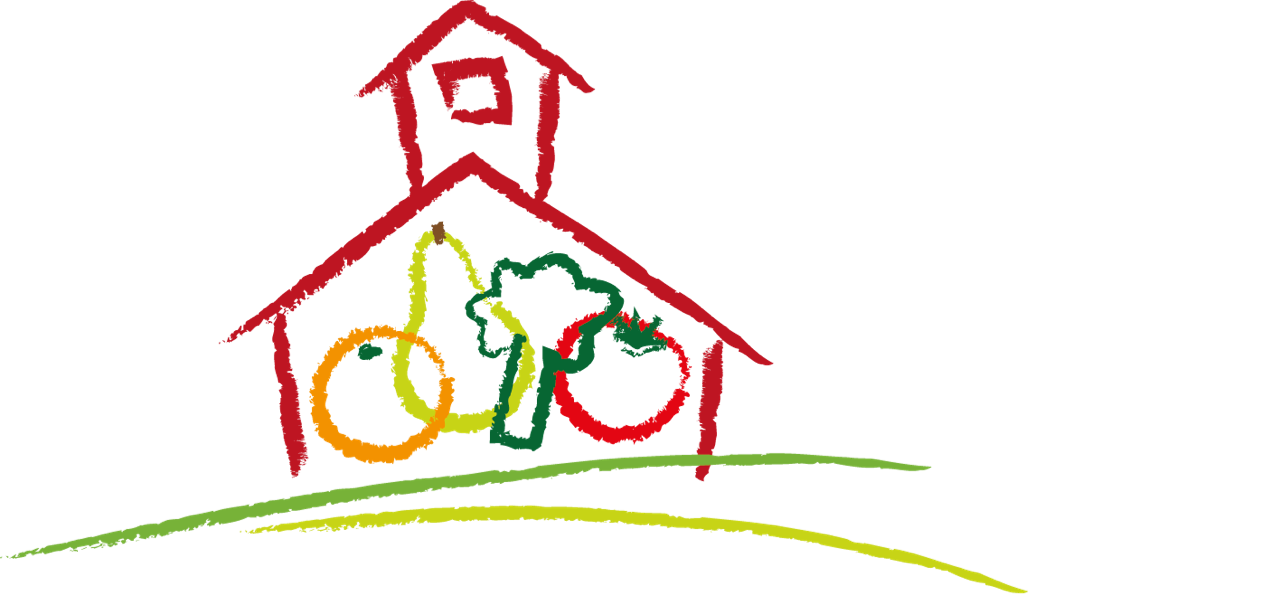Hero Highlight: Madelyn Ellis

In Payson, Arizona, the community comes first. It’s Madelyn Ellis’s first year as a food service director in the town she was born and raised in. She’s passionate about the health of her community and has taken incredible steps towards scratch cooking in her short tenure. If there’s anything this global pandemic has shown her, it’s that feeding her community fresh, healthy food is her utmost priority.

What was your food program like before COVID-19 school closures?
The program before I had arrived was only heat-and-serve. In my first week, I ordered raw ground beef, to my team’s surprise. Since then we have hit the ground running and are really starting from scratch—and we can really see the difference. The number of daily meals served was 763 when we first started, and now we are serving 856 meals daily on average. Our enrollment is around 2300 and our free and reduced percentage is around 58%. We were serving two fresh fruits and four fresh vegetables a day, with a hot or frozen vegetable on the line. We were also utilizing produce and herbs for infused water stations like strawberry/lemon and basil/mint. Since the start of the year, I have truly seen a shift in our staff; they are engaging with the food and students in a new way. Our students are seeing that school food does not have to be stigmatized.
What inspired you to apply for the Salad Bars to Schools grant?
We are making it a point to provide fresh food for the kids. Our middle and elementary schools had busted up salad bars. They had leaking ice trays and broken sneeze guards, and the students didn’t want to eat off of them. I found the Salad Bars to Schools grant through my food service management company’s newsletter and applied. When the pandemic ends, we will be incorporating these district-wide. We will be increasing our marketing efforts so that parents feel good about feeding their kids at school. Our goals are to have students smell the food and see that their friends are eating school food. We want to change the perception of school food, and increase access to fresh, healthy fruits and vegetables served in new ways.
What was your first thought when the pandemic hit?
My first thought was my employees who couldn’t come to work and get paid like they were counting on. A lot of my staff are now unemployed for who knows how long. My next thought was, “How are we going to get food out?” Luckily it has truly been a joint effort between our administration, transportation department, and individual schools. Everyone has been so committed to feeding our students and providing at-home learning materials.
What does your feeding program look like now?
We have one school offering drive-up distribution with breakfast and lunch being passed out in the same bag. There, we have one worker rotating every three hours passing out meals to cars as they drive through. Our transportation team has been able to employ all of its drivers with seven bus routes; each bus makes 2 stops. Students can walk or ride their bikes to 14 different locations throughout our town and will be handed a meal from a cooler bag prepared in the kitchen. We have one van specifically dedicated to our special needs students that goes door to door.
How have you had to adjust your remote feeding program since you first started?
The first Monday after the program was up and running we served 150 meals. The following Monday, we started serving 900 meals per day—which was a huge adjustment. We have totally made it work and my staff is very happy to still be employed. We are really able to see the impact because of how many students we are serving around town. We have honestly been revising and fine-tuning since day one. The most important part is that our kids are getting fed.
How have you had to adjust your procurement?
We have been ordering in bulk while keeping our labor efficient. Fortunately, we have quite a few DOD Fresh dollars left to use, and we love being able to use them. To know that we still have funds for fresh fruits and vegetables has been our saving grace. We are able to get really cool local Arizona produce like kiwis, rainbow carrots, blood oranges, and snap peas. We are not just serving the typical apple, and we are seeing the students get really excited about what’s in their bags. We are utilizing our frozen food storage and spending our remaining budget on fresh fruits and veggies. Our students are not just getting a bag full of shelf-stable food.
Within the first couple of days, we got in 12-15 cases of apples and clementines, and we went through it all in 2 days. Luckily we can still get delivered twice a week and were able to adjust and continue supplying that fresh fruit. At first, we were thinking that whole fruits and vegetables were the easiest way, but now we have a consistent participation number and can start reforming our recipes by incorporating them into an entree component so our meals are more interesting. Overall, we are seeing a total increase in the procurement of fresh fruit and vegetables such as shredded lettuce, fresh spinach, shredded carrots, and fresh broccoli.
Are you worried about any of your staff getting sick?
Yes. It’s always in the back of my mind, but honestly, our number one priority is feeding the students. We are as proactive as we can be and then some. Everyone is constantly changing their gloves and we are able to use high-grade sanitizer every day on the buses, for our staff, and in our kitchens.
Have you done any special marketing to get the word out about your program?
Our marketing has been a joint effort with the town. Our town has been so supportive and the news has been able to stretch further than our town limits, which is amazing. We have the news up on our website thanks to our IT team, and we have been able to get on the radio, which a lot of people listen to. Our marketing message is now: “This is unpredictable, but you can count on a good meal here with something fresh and different.” It’s amazing, seeing how our team is supporting each other and feeding the students.
How will your marketing shift as you reintegrate after COVID?
We are getting new salad bars for the whole district, which will replace ours that are falling apart so our marketing will spotlight how these new bars will increase safety through new sneeze guards and increased temperature retention. We are really excited to highlight new produce items and incorporate more farm to school activities. Last year we had a ton of unique produce come in like gooseberries and blood oranges. We sampled seven unique fruits and vegetables at recess; students could sample any or all of it and they loved it. The next day it was all on the salad bar. A lot of the students were engaged again the next day and peer-pressured their friends into trying the new items as well. I love seeing them get so excited, and I want to foster that.
What are you most proud of?
Our team has, at most, just five people serving 800-900 meals a day. That’s what I go home and feel most proud of, and it’s not just me—it’s the whole town. Parents are driving through with portraits of our staff handing out the meals. Our students are telling us “You’re our heroes,” and that’s what this is about: seeing the impact we are having on the students. When I think about measuring our success, the numbers are huge, but to see it come back in terms of satisfied families, that’s the most important of all.
